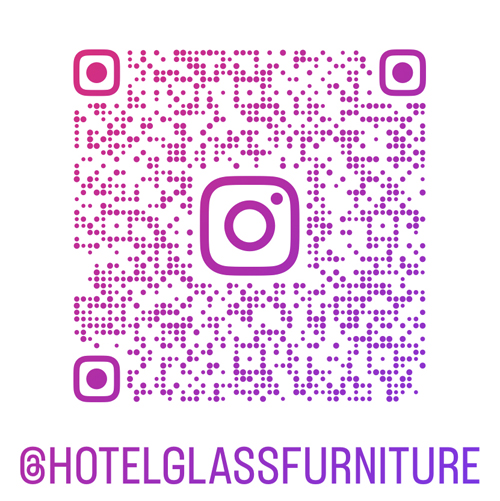3107 Chair Introduction
The 3107, one of the first commercially available chairs to use a one-piece three-dimensional curved plywood shell for the seat and backrest, is a further development of Jacobson’s three-legged Ant chair from 1951. By reducing the width of the bridge between seat and back, and thus the degree of bent surface, Jacobsen avoided the problems that beset the Eameses a decade before, when they were experimenting with three-dimensional formed plywood shells: the veneer layers can be bent relatively easily in two dimensions, but tend to split when formed into compound curves. The flexibility of Jacobson’s bridge, combined with the rubber stoppers under the seat, provide an unexpected degree of backrest movement, they also contribute to the surprising comfort of an apparently simple chair.
The 3107 is now available in three different seating heights: 43cm, 46cm, and 48cm. The line drawing above is the 46cm version.
Construction
Seat and backrest: seven layer veneered plywood, WT9.3mm. Shoulder width 50cm, bridge or waist 22cm wide. Central disc of 9mm plywood for attaching legs is glued into a 1.5mm recession, to compensate for the curvature . Its outside face is 120mm diameter, the inside face is turned to 114mm diameter, leaving a 3mm deep, 5mm high undercut to hold the thickened edge of the bowl-shaped plastic cover. Earlier models used a sheet-metal cover held by small metal pins. The plywood disc holds three threaded M6 inserts, not equidistant, to locate the legs which are not symmetrical. The flange on the bottom end of the inserts are sandwiched between seat and disc, increasing their stability. Legs: chrome-plated steel tube 14mm, WT2mm, front legs 45cm apart at foot, rear legs. The four legs are spot-welded to two metal plates.
Four rubber stoppers, second column regulate the flexing of the shell on the legs and prevent damage when stack the chairs.
From Chair Anatomy Design and Construction by James Orrom, who is a prefessor for product and furniture design at Rosenheim University of applied sciences in Germany. He co-founded Umlauf and Orrom studio for industrial design in 1987, producing award winning designs of furniture, porcelain, film equipment, glassware and other products for international client.
Latest News
Contact Us

Mobile: +86-18750258798
E-mail: [email protected]
Add: Unit 825-827 Kaisheng International Hailian District Shuitou Town Nanan Quanzhou City Fujian Province China











 Mail inquiry
Mail inquiry